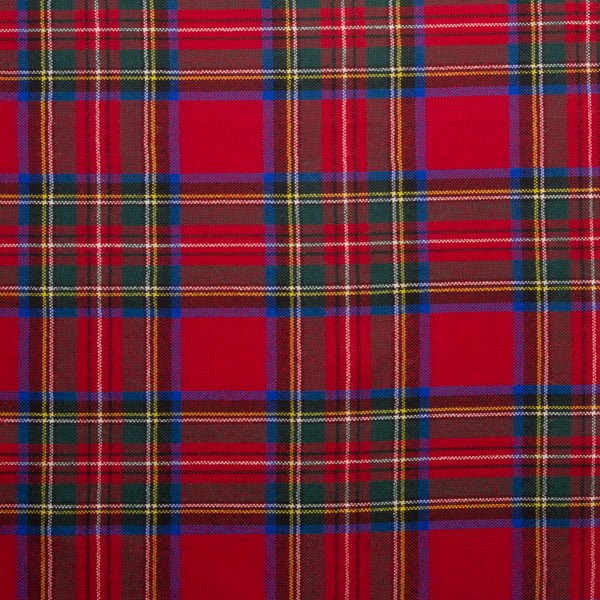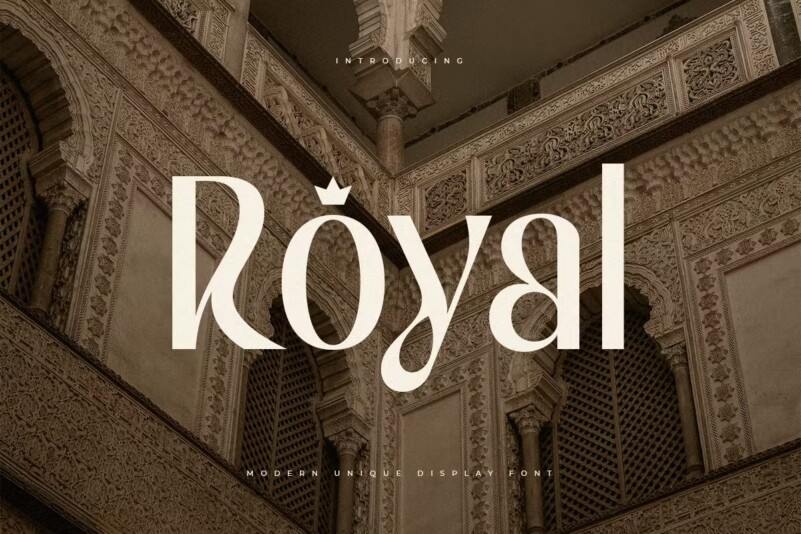In today's era, the concept of "royal modern" has captivated the world, blending timeless elegance with contemporary sophistication. This fusion represents a harmonious balance between classic royal traditions and modern lifestyle. It offers a unique perspective that resonates with individuals who appreciate both heritage and innovation.
The term "royal modern" encompasses various aspects of life, from fashion and architecture to lifestyle and design. It represents a movement that reinterprets traditional royal aesthetics, making them relevant and appealing in today's fast-paced world. This concept is not just about luxury; it is about creating experiences that are both meaningful and modern.
As we delve deeper into this topic, you will discover how the royal modern trend is reshaping industries and influencing global cultures. Whether you're an enthusiast of royal history or a fan of modern design, this guide will provide valuable insights and inspiration. Let's embark on this journey together and uncover the essence of royal modern.
Read also:Abba Now Photos A Comprehensive Look Into Their Iconic Journey
Table of Contents
- Introduction to Royal Modern
- The History of Royal Modern
- Royal Modern in Fashion
- Royal Modern Architecture
- Lifestyle and Royal Modern
- Design Trends in Royal Modern
- Impact on Global Culture
- Celebrities Embracing Royal Modern
- Business Opportunities in Royal Modern
- The Future of Royal Modern
- Conclusion
Introduction to Royal Modern
Royal modern is more than just a trend; it is a cultural movement that redefines luxury and sophistication. At its core, this concept celebrates the fusion of traditional royal elements with contemporary innovations. The appeal of royal modern lies in its ability to transcend time, offering a timeless elegance that resonates with diverse audiences.
This section explores the fundamental principles of royal modern, highlighting how it has evolved over the years. By understanding its roots, we can appreciate the depth and complexity of this phenomenon. Royal modern is not merely about aesthetics; it is about creating experiences that reflect both heritage and progress.
The History of Royal Modern
The origins of royal modern can be traced back to the late 19th century when royal families began embracing modern technologies and design. This period marked a significant shift from purely traditional practices to a more progressive approach. Key historical events, such as the Industrial Revolution, played a pivotal role in shaping this movement.
Key Historical Milestones
- 1851: The Great Exhibition in London showcased modern innovations alongside traditional craftsmanship.
- 1920s: The Art Deco movement influenced royal aesthetics, introducing geometric patterns and modern materials.
- 1980s: The rise of global fashion brands brought royal-inspired designs to the mainstream market.
These milestones demonstrate how royal modern has continuously evolved, adapting to changing societal needs and technological advancements.
Royal Modern in Fashion
Fashion is one of the most prominent domains where the royal modern concept shines. Designers today draw inspiration from historical royal garments while incorporating modern fabrics and techniques. This fusion results in collections that are both luxurious and wearable for contemporary audiences.
Elements of Royal Modern Fashion
- Use of rich fabrics like silk and velvet
- Incorporation of intricate embroidery and lace
- Modern cuts and silhouettes
Brands like Gucci, Dior, and Versace have successfully embraced this trend, creating iconic pieces that reflect the royal modern aesthetic. According to a report by Fashion Institute of Design & Merchandising (FIDM), the global luxury fashion market is projected to grow by 7% annually, driven by increasing demand for royal modern designs.
Read also:Amandla Stenberg A Comprehensive Look At The Actresss Journey And Controversies
Royal Modern Architecture
In the realm of architecture, royal modern represents a harmonious blend of historical grandeur and modern functionality. Architects are reimagining traditional palace designs with innovative materials and sustainable practices. This approach ensures that buildings not only retain their regal charm but also cater to contemporary living standards.
Characteristics of Royal Modern Architecture
- Use of glass and steel alongside traditional stone
- Incorporation of smart home technology
- Sustainable design elements like solar panels and green roofs
A notable example is the Louvre Abu Dhabi, which combines traditional Islamic architecture with modern engineering. This fusion exemplifies how royal modern architecture can create spaces that are both culturally significant and technologically advanced.
Lifestyle and Royal Modern
The influence of royal modern extends beyond fashion and architecture into everyday lifestyle choices. From dining experiences to travel preferences, individuals are increasingly gravitating towards options that reflect this elegant blend of tradition and modernity.
Royal Modern Lifestyle Trends
- Gourmet dining inspired by royal recipes
- Luxury travel experiences with a focus on cultural immersion
- Home decor that combines antique pieces with contemporary designs
According to a survey by Statista, 65% of millennials express interest in experiences that combine luxury with cultural authenticity, indicating a growing market for royal modern lifestyle products and services.
Design Trends in Royal Modern
Design plays a crucial role in defining the royal modern aesthetic. From product design to graphic design, this trend emphasizes elegance, functionality, and innovation. Designers are experimenting with new techniques and materials to create pieces that capture the essence of royal modern.
Emerging Design Trends
- Minimalist yet luxurious product design
- Use of digital tools to enhance traditional craftsmanship
- Focus on sustainability and ethical sourcing
Companies like Apple and Hermès have successfully integrated these trends into their product lines, appealing to consumers who value both quality and modernity.
Impact on Global Culture
The influence of royal modern is not limited to specific industries; it has permeated global culture, inspiring art, music, and literature. This movement has redefined how we perceive luxury, making it more accessible and relatable to diverse audiences.
Global Cultural Influence
- Increased interest in royal history and heritage
- Rise of royal-inspired content in media and entertainment
- Greater appreciation for cross-cultural exchanges
According to UNESCO, cultural heritage tourism has grown by 15% annually, driven by the appeal of royal modern experiences. This trend highlights the importance of preserving cultural traditions while embracing modern innovations.
Celebrities Embracing Royal Modern
Celebrities have played a significant role in popularizing the royal modern trend. Many high-profile individuals, including members of royal families and Hollywood stars, have adopted this aesthetic in their personal and professional lives.
Biography: Prince William
Prince William, Duke of Cambridge, is a prominent figure associated with royal modern. Below is a summary of his key details:
| Name | Prince William |
|---|---|
| Birth Date | June 21, 1982 |
| Occupation | Member of the British Royal Family |
| Notable Achievements | Advocacy for mental health and environmental issues |
Prince William's commitment to modern causes while upholding royal traditions exemplifies the essence of royal modern.
Business Opportunities in Royal Modern
The growing popularity of royal modern presents significant business opportunities across various sectors. Entrepreneurs and established brands alike can capitalize on this trend by offering products and services that align with its principles.
Potential Business Areas
- Luxury goods and services
- Cultural tourism and experiences
- Eco-friendly and sustainable design
A report by McKinsey & Company highlights that the luxury market is expected to reach $1.5 trillion by 2025, driven by the demand for royal modern products and experiences.
The Future of Royal Modern
As we look ahead, the future of royal modern appears promising. Technological advancements and shifting consumer preferences will continue to shape this trend, making it even more relevant in the years to come. The focus on sustainability and cultural preservation will likely play a central role in its evolution.
Trends to Watch
- Increased use of augmented reality in fashion and design
- Growth of digital platforms for cultural exchange
- Expansion of eco-friendly luxury products
By staying informed and adaptable, businesses and individuals can thrive in the evolving landscape of royal modern.
Conclusion
In conclusion, royal modern represents a powerful movement that bridges the gap between tradition and innovation. From its historical roots to its current influence on global culture, this trend continues to captivate audiences worldwide. As we have explored in this guide, the principles of royal modern are applicable across various domains, offering endless possibilities for creativity and growth.
We invite you to join the conversation and share your thoughts on this topic. Whether you're inspired to adopt royal modern in your lifestyle or interested in exploring business opportunities, this guide serves as a valuable resource. Don't forget to leave a comment, share this article, or explore other content on our site for more insights into the world of royal modern.


